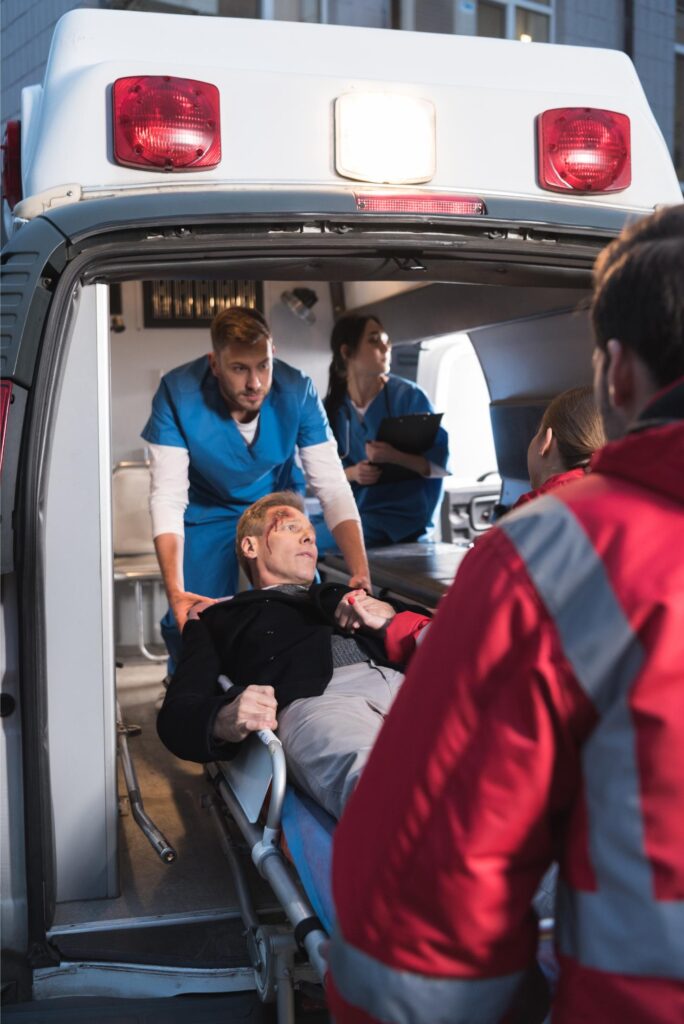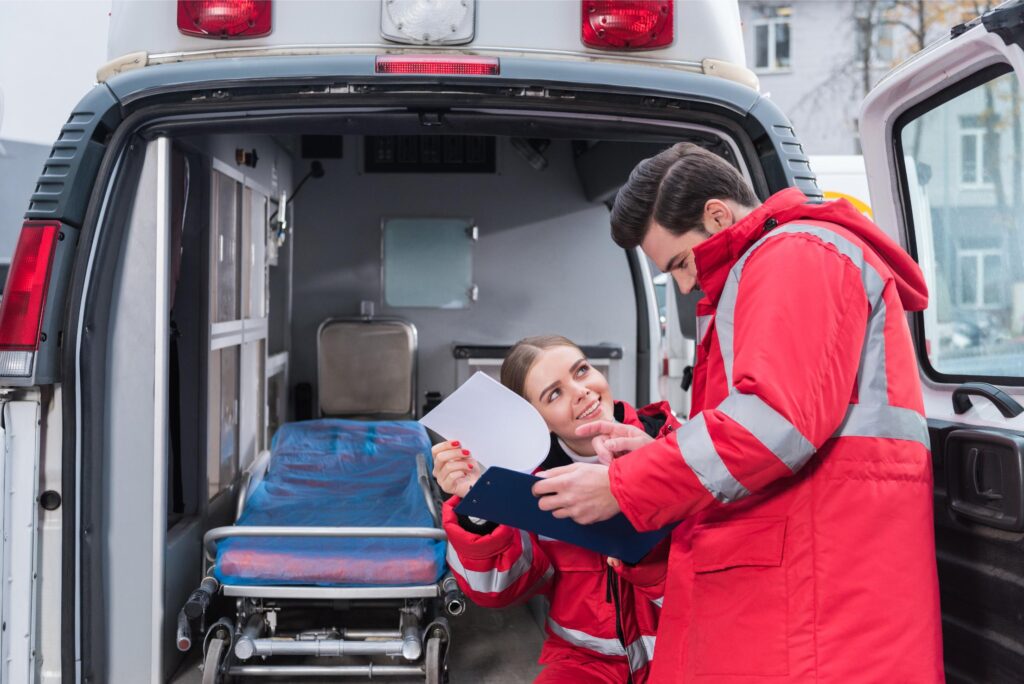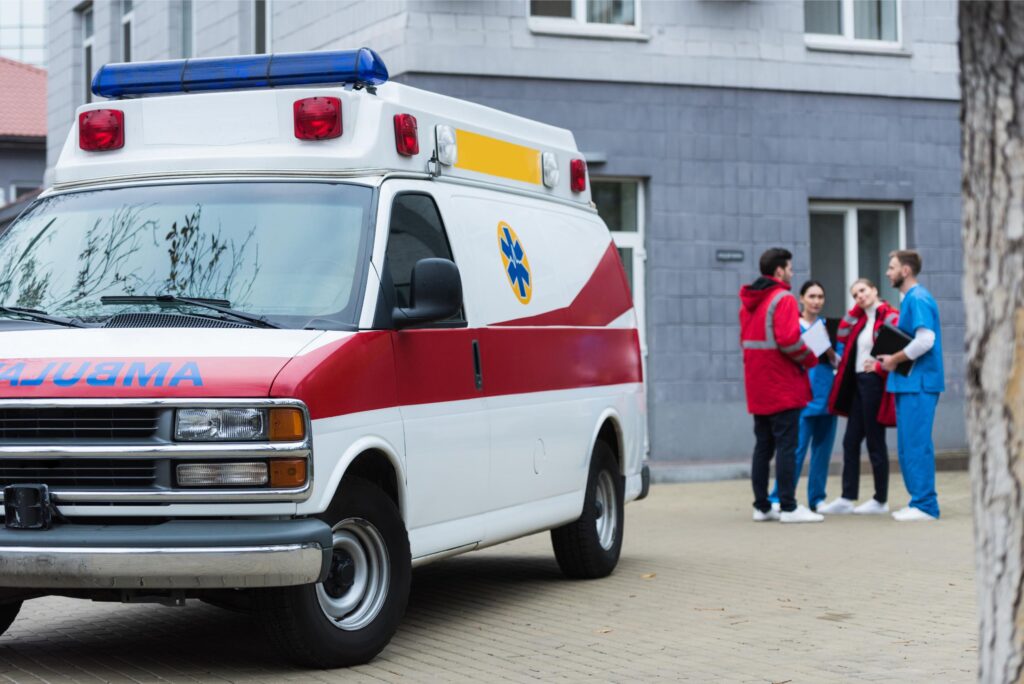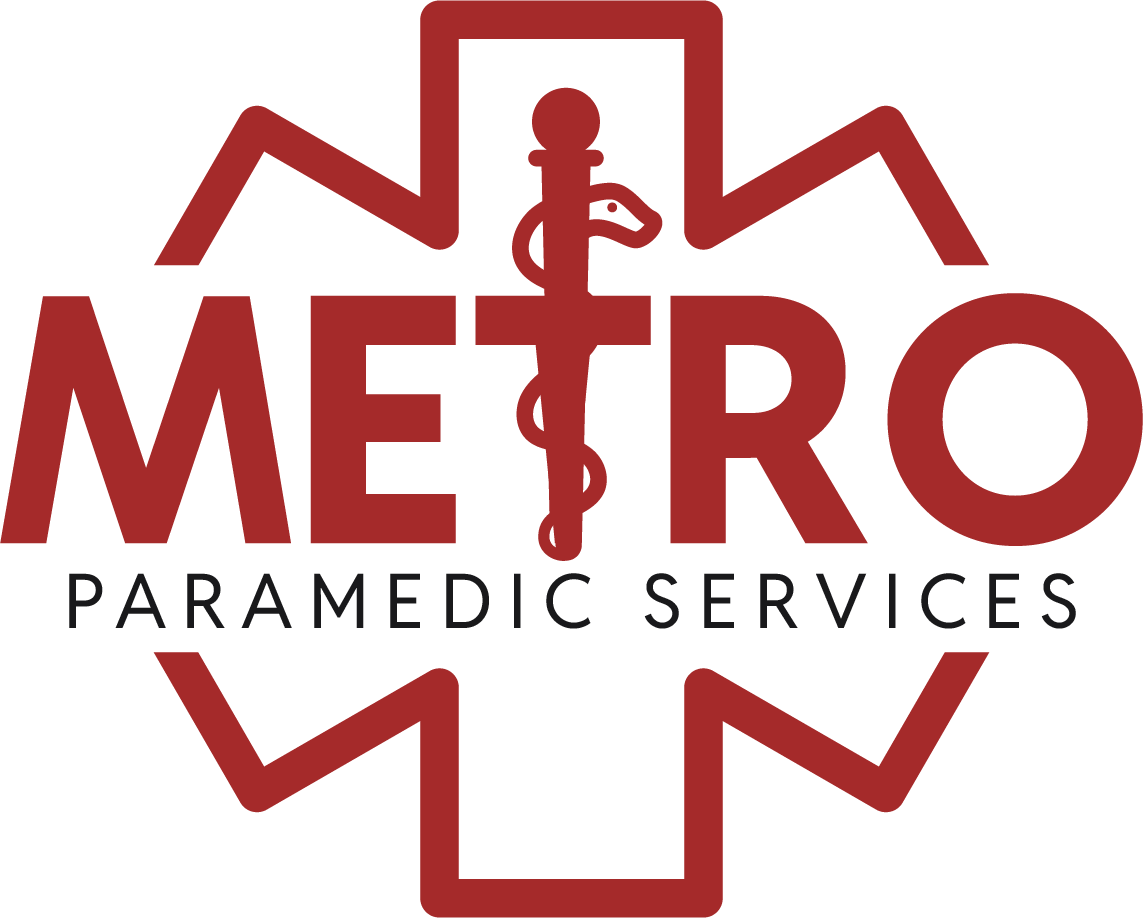Metro Paramedics has provided emergency medical and firefighting services to communities since 1984. Find out how Metro Paramedics can fit the needs of your municipality or fire district.
Emergency Call

Ensuring safety and compliance is paramount in the field of paramedicine, where the stakes are incredibly high. Paramedics are often the first line of defense in medical emergencies, and their ability to provide safe, effective care hinges on strict adherence to safety protocols and regulatory standards. This landing page will delve into the importance of safety and compliance in paramedicine, highlighting the measures and standards that safeguard both patients and healthcare providers.




Safety and compliance are integral to the success and integrity of paramedic services. By prioritizing patient and provider safety, adhering to regulatory standards, and fostering a culture of continuous improvement, paramedic organizations can deliver high-quality, reliable care in the most challenging environments. This commitment not only protects lives but also upholds the trust and confidence of the communities they serve.

Metro Paramedics has provided emergency medical and firefighting services to communities since 1984. Find out how Metro Paramedics can fit the needs of your municipality or fire district.
Call Now

